The spear: the most common weapon in medieval warfare
There were many reasons why the spear was common in wars since time immemorial. They were easier and cheaper to construct, yet spears were extremely effective. The spear, perhaps the oldest design of all weapons, dates back to the Paleolithic era.
From being pointed sticks at the ends, spears physically evolved and could be used in several basic ways. In the ice desert (Ice Age), Neanderthals (and possibly their evolutionary ancestors, homo heidelbergensis) used two methods. Spears with stone tips and thick shafts were used in a frontal attack with prey. This was, of course, very dangerous. But Neanderthals were hardy and could withstand a tough confrontation with animals. Neanderthals also used long spears with thinner shafts that could be thrown. The latter were more suited to the Neanderthals' later contemporaries, homo sapiens, who used them for hunting at a distance.
Many eras later, spears were still used in these ways - stabbing and throwing - and were appropriate on the battlefield, where their use changed from hunting game to fighting.
Throwing spears eventually gave way to bows and arrows, but their stabbing properties were vital for picking gaps in walls made of shields, and they could be used effectively to destroy enemy formations. Spears required little training and could be used by the simplest of soldiers. Combined with shields, spears were undoubtedly one of the deadliest weapons ever used in medieval warfare.
Spears were also useful against cavalry because horses (not surprisingly) refuse to run into a hedge of spikes and instinctively avoid it. The need for defense against cavalry also led to the evolution of spears into longer shafted weapons such as pikes, and other weapons with more elaborate tips such as beaks and halberds.
A knight's sword: a symbol of chivalry
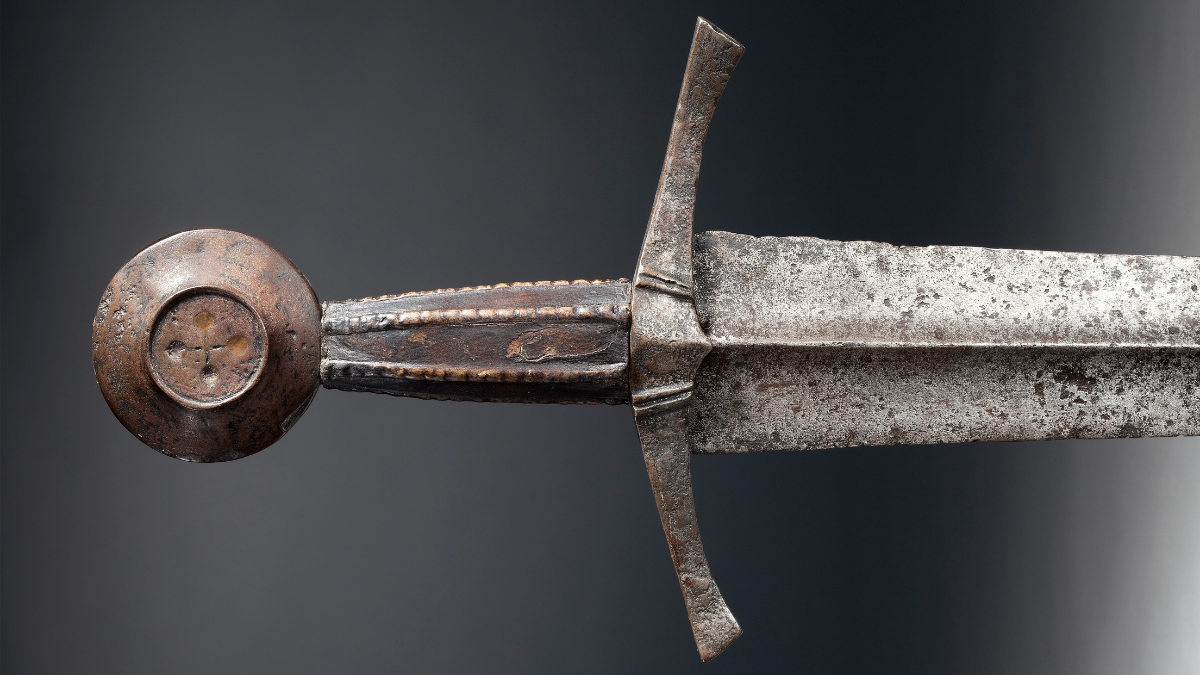
The knight's sword or battle sword exists in the imagination as a standard weapon when one thinks of medieval warfare. Not only is it the weapon most associated with knights, but it also acted as a symbol of Christianity during the Dark Ages: it was the weapon of the Crusaders, and the crossguard resembled the Holy Cross. This detail did not escape the attention of the Crusaders, who owned a sword and actively used it.
The knight's sword, usually carried with a shield or buckler, was a direct descendant of the Viking swords of the ninth century. It is often depicted in modern art from the eleventh through fourteenth centuries. Japanese katanas, on the other hand, were created much earlier.
The double-edged and straight pointed blade made the sword a good weapon to use in any combat situation. However, its overall effectiveness was not as good as other weapons specifically designed for certain combat situations. Thus, the knight's sword was chosen for everyday use and was popular for duels in one-on-one combat.
The symbolic nature of the weapon was also important during the medieval period, and the blades were often inscribed with strings of letters that represented some religious theme. The knight's sword also evolved into the long sword, a variant of the weapon with an elongated hilt that allowed it to be wielded with both hands.
The longbow: a weapon from myths and legends
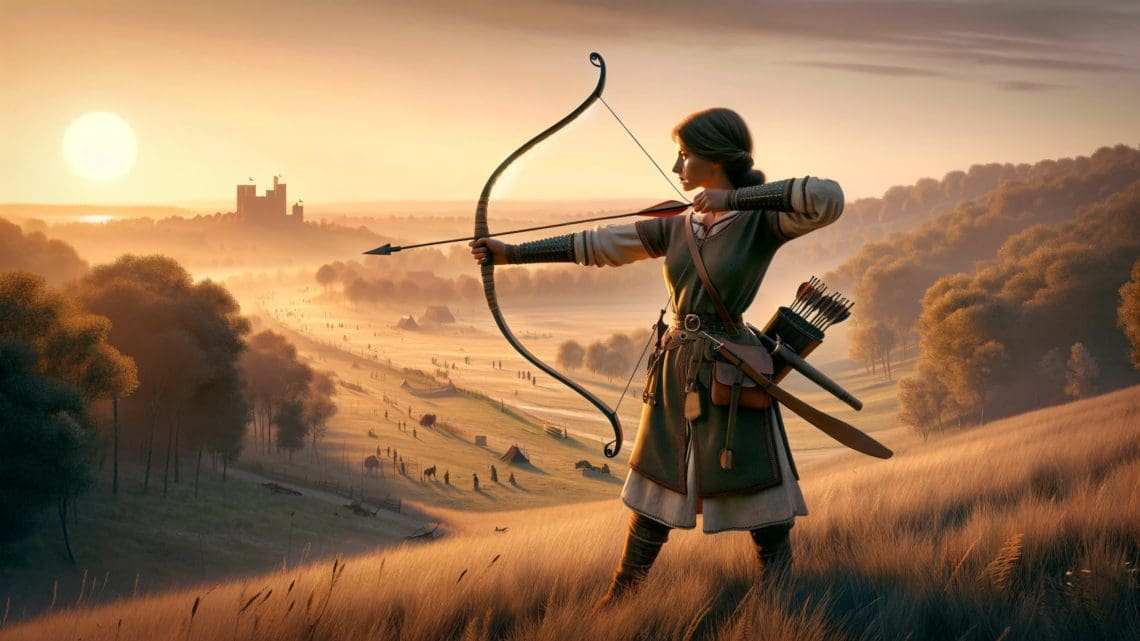
The longbow is a weapon that has acquired mythological status in the history of warfare, mainly due to the exploits of those who used it in battles where its extreme effectiveness was particularly evident. It also reflected the ability of the commoner to defeat the most well-armed and trained member of the nobility. It was thus a weapon revered by the non-rich stratum of the population, particularly in Europe.
Crossbow: deadly even in the hands of the untrained
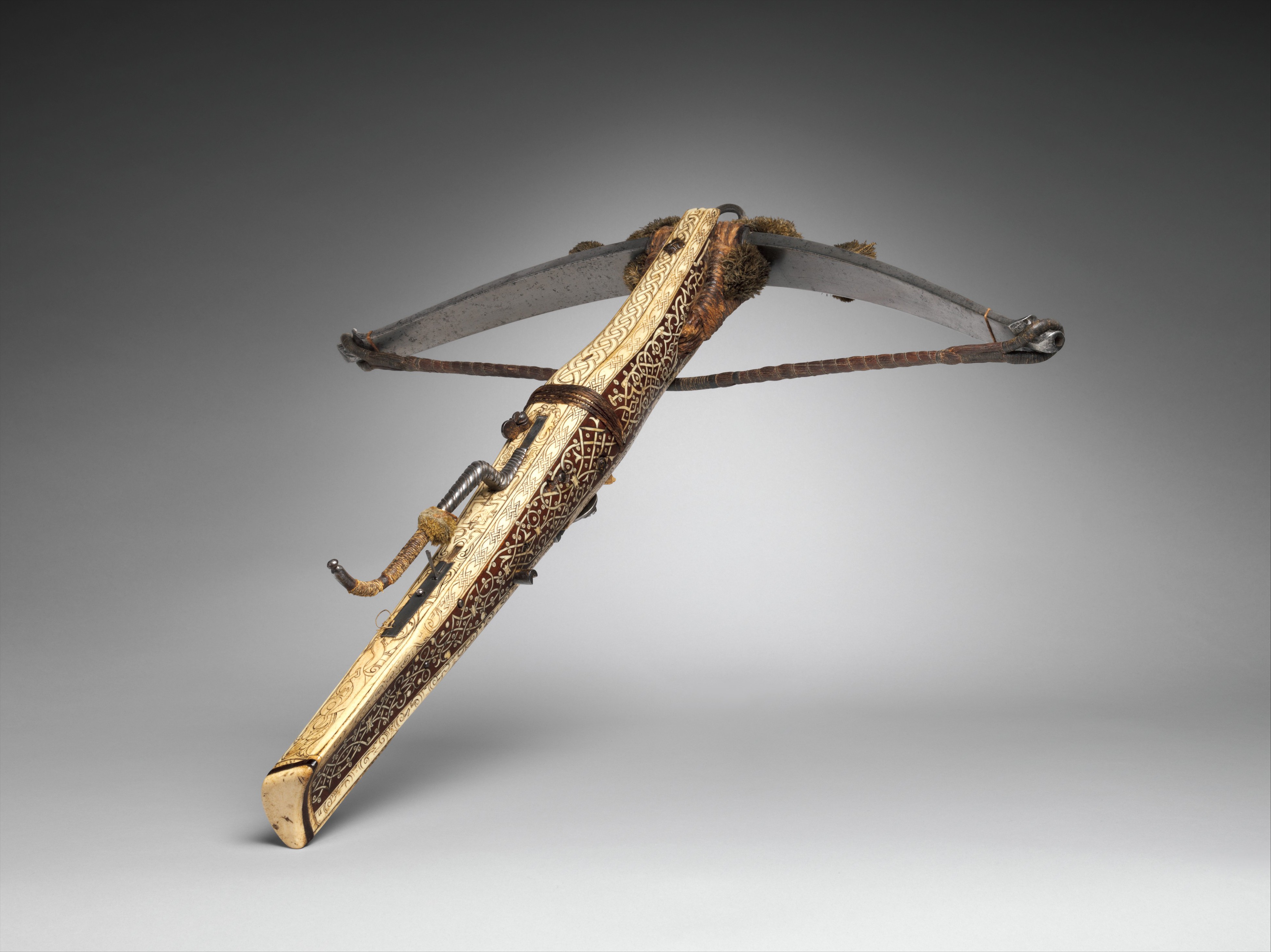
The crossbow in its simplest form is a bow turned 90 degrees with the addition of a stock and trigger system. Its ease of use made it a popular weapon among those with little skill in archery. It was also widely used by mercenaries who were common on battlefields.
It is difficult to determine where the crossbow originated. The earliest examples and finds come from ancient China. The Romans also used crossbows and expanded the concept to artillery pieces known as ballistae. By the Middle Ages, crossbows were used throughout Europe in medieval warfare and largely replaced hand bows.
The main difference between a crossbow and a hand bow is that a crossbow was much slower to load, but was much easier to aim and therefore more accurate. Small crossbows became the ideal weapon for personal use off the battlefield.
Warhammer: crush and pierce!
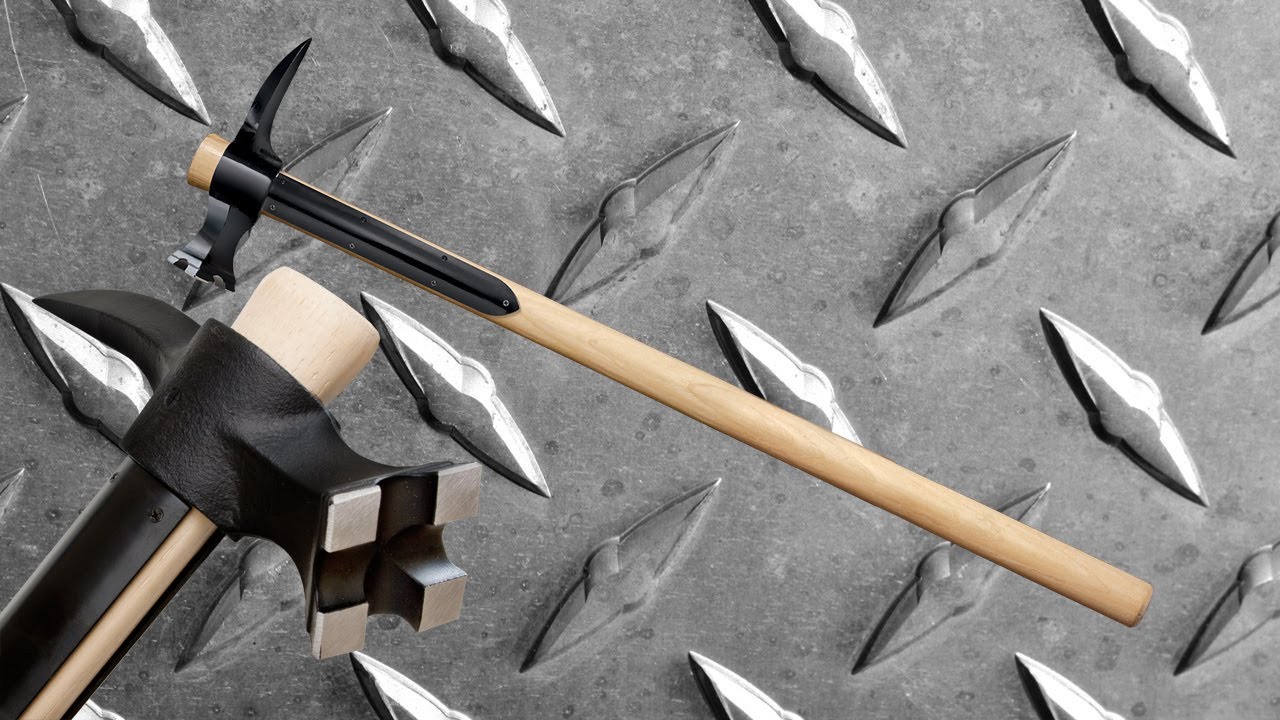
The battle hammer, also called “martel” after the Frankish ruler Charles Martell, who used it during his decisive victory over the Umayyads at the Battle of Tours in 732 when they were trying to conquer France, was a powerful weapon capable of crushing any enemy, even rendering unconscious or killing soldiers wearing full armor.
The battle hammer is the natural evolution of the club, or rather hammer. It was designed to deliver the most powerful blow possible, concentrated in a single point. Like any hammer, the war hammer consists of a rod and a head. The heads of European war hammers evolved: one side was used for striking and the reverse side for stabbing. The latter became extremely useful against armored opponents, where damage to armor could cause significant injury to the wielder. The pierced plate armor had sharp pieces of metal embedded inside, which slammed into the body.
Some battle hammers had a very long handle that turned the weapon into a shaft weapon, increasing the momentum and force with which the weapon could strike.
Kontos spear: a medieval superweapon of shock and awe
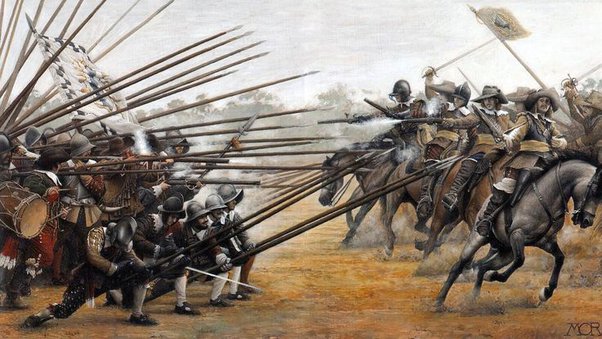
The spear-contos ard weapon originated from the lance and was intended for use on horseback. In medieval warfare they were massively used in cavalry attacks to punch gaps in enemy lines (as well as individual enemies), although they were invented as early as the beginning of the millennium. The sheer force of the lance in its folded position, led by a warhorse, was an almost unstoppable force. Even the weapon itself could not withstand its own force of impact. Splitting or shattering upon impact, the spear was a disposable weapon. When it was destroyed, what remained would be discarded, and the rider and the rest of his squad would either bare their swords and thrust into the surrounding enemies, or they would return to their positions to fetch another spear and prepare for another charge.
Axes: simple weapons designed for breaking and chopping
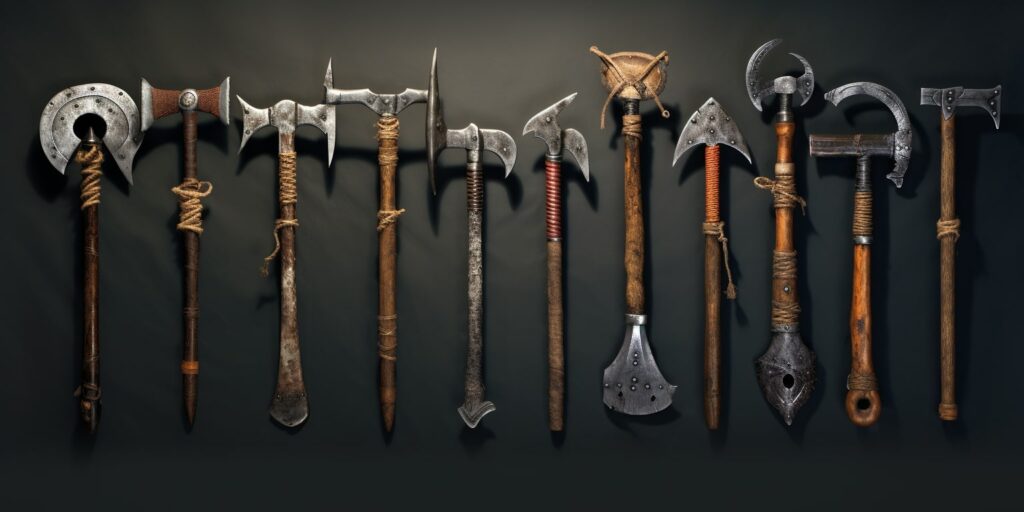
Throughout Europe, battle axes of all shapes and sizes were used in medieval battles. In fact, they all performed a function similar to their conventional counterparts: they were designed for chopping. From the small one-handed axe to the giant bardiche, axes were a deadly force in medieval warfare.
Like spears, axes have their origins in distant times. Carved from stone, they were used by our ancestors long before modern humans. The addition of a handle made the tool resemble the axe we know today. Eventually the Paleolithic gave way to the Bronze Age, the Iron Age, and the Age of Steel. By then, human imagination (and blacksmiths with accumulated knowledge) had created a vast array of battle axes designed to be used in different combat situations and with different effects.
Some axes, such as the bearded axe, served secondary functions. The blade was slightly bent at the base, allowing the wielder to use it to snag and rip weapons and shields from the wielder's grasp. Outside of combat, the design allowed the wielder to hold the axe by the blade, making it useful for various other functions, to work with wood.


















